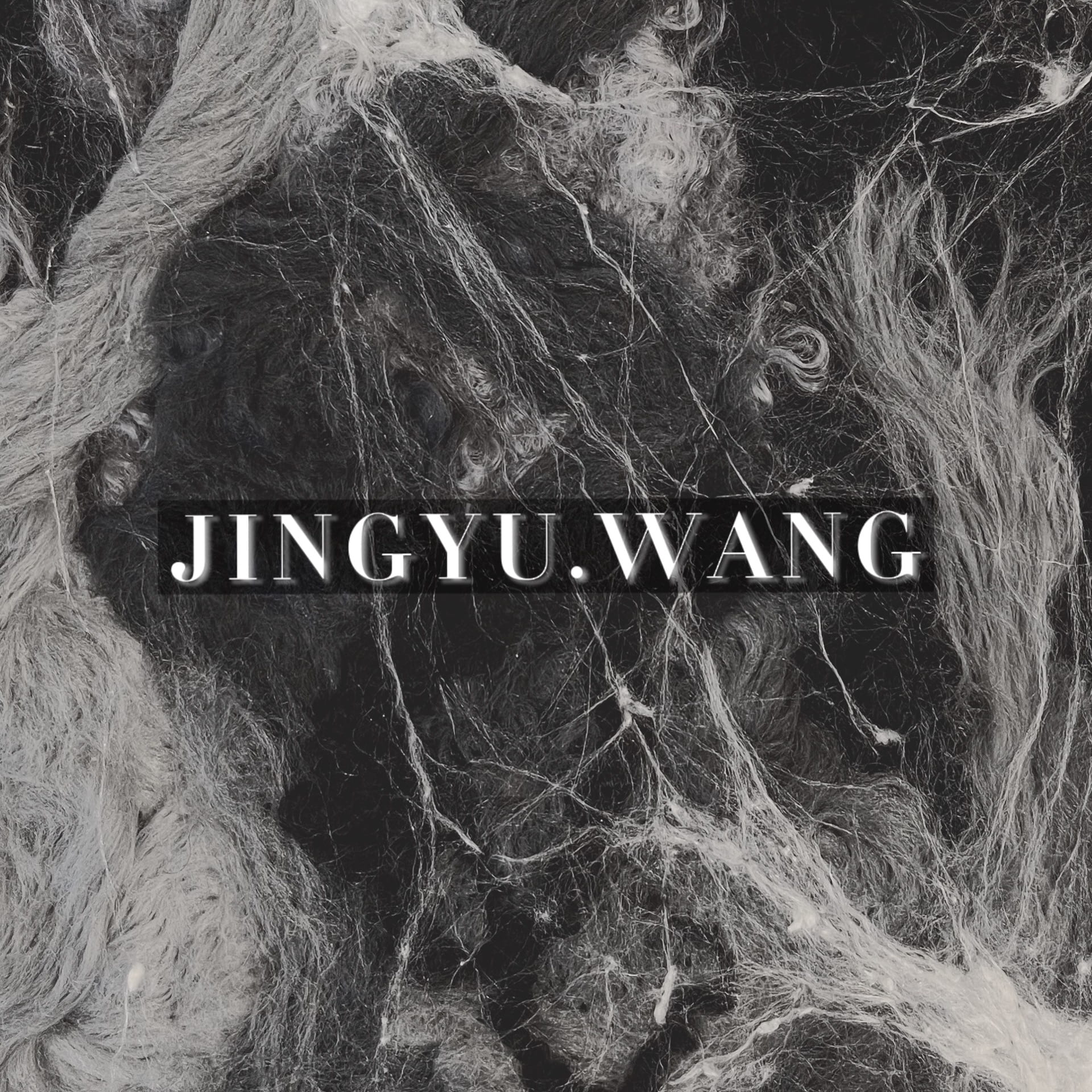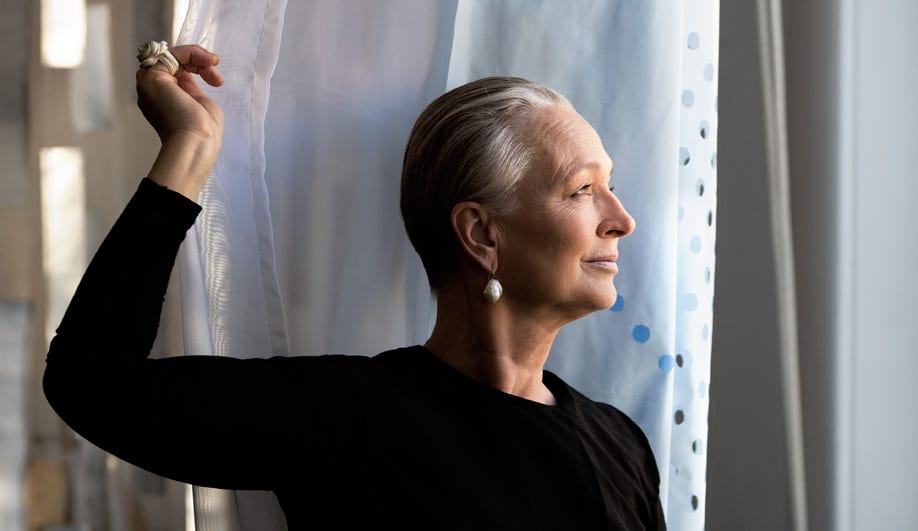In order to build a site specific installation, there are some important questions to ask before we start. What does the site want and what does the site have. And what does the site want can only be answered by observing the interactions happen between human and the environment. Without environment, there is no space, without human, there is no meaning for interior design. So a site specific installation must reflect on both aspect, not just to reminiscent what are outside, but to create an inclusive environment that brings harmony and completeness in human experience. In Petra Blaisse’s projects, this is done by paying attention to the connections – mostly climate, acoustics, light, sun etc. – made between installation and the site. For example if a site is gaining broad daylight, a proper installation – with the idea of enhancing the interior design – should not be permanent blocking the light as this will take away the natural element irreversibly. In fact, installations should always be fluid and changeable in any interior design, because no such space is unchanged though time. Everything in our world flows with dynamics, so installations should always be ready to face the change. In bigger scaled project such as the one we build, this idea can be maintained by paying attention to the structural connection and the weight of the material. Another important concept also explored by Petra Blaisse is to bring in what are lacking in the site by her installations. If a site is widely opened and lack functional separation, she would inserted a curtain or screen that is temporary but functions as a wall – which proved the fluidity of installation is important in interiors. What does the site want is not asking solely for the representational element, but more importantly, what is lacking sensually. In our project, it is the sense of nature that makes the design of the site feels rather cold, bald and ruthless. So we decided to bring in the nature experience. What I learnt further more is how sensual effect is usually achieved though non-representational ways but more by the material, color and movement of the installation. Although most of Blaisse’s interior installations are curtain, they feel differently. This is not achieved by adding many symbols and figures, but by the construction method. And the color as well goes with the whole site. We usually limit ourselves by linking sensuality with direct reference to such images – such as the video of nature we created to be projected on to the installation – but not considering sensuality on its plain definition. By understanding how we feel but not what we see will lend us a greater inspiration in creating a site-specific installation.
Reflection on Interior Design and site-specific Installations
- Posted on: 10 December 2018
- By: Juine
- With: 0 Comments







